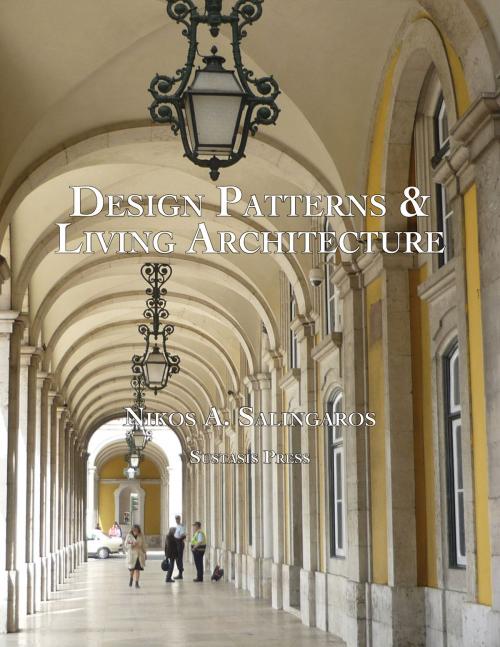| Author: | Nikos A. Salingaros | ISBN: | 1230001786965 |
| Publisher: | Levellers Press / Hedgerow Press / Off the Common Books | Publication: | August 4, 2017 |
| Imprint: | Language: | English |
| Author: | Nikos A. Salingaros |
| ISBN: | 1230001786965 |
| Publisher: | Levellers Press / Hedgerow Press / Off the Common Books |
| Publication: | August 4, 2017 |
| Imprint: | |
| Language: | English |
This collection of articles describes how to use design patterns to create better — more emotionally-responsive and human — architectural environments. The pattern concept was introduced by Christopher Alexander and his collaborators in 1977, and has enjoyed wide success outside architectural culture. For various reasons, this design method and its accompanying philosophy of adaptation have not yet entered the architectural mainstream. Nor are design patterns taught at universities on a regular basis, since academics correctly perceive them as representing the opposite of formalistic design (and clearly privilege the second methodology).
This booklet has three rather ambitious aims: To educate practicing architects and the general public on why design patterns are both useful and necessary. To explain how the pattern method applied to the built environment contains the seeds for adaptive design. To establish the scientific validity for design patterns, while invalidating methods based on fashion.
This collection of articles describes how to use design patterns to create better — more emotionally-responsive and human — architectural environments. The pattern concept was introduced by Christopher Alexander and his collaborators in 1977, and has enjoyed wide success outside architectural culture. For various reasons, this design method and its accompanying philosophy of adaptation have not yet entered the architectural mainstream. Nor are design patterns taught at universities on a regular basis, since academics correctly perceive them as representing the opposite of formalistic design (and clearly privilege the second methodology).
This booklet has three rather ambitious aims: To educate practicing architects and the general public on why design patterns are both useful and necessary. To explain how the pattern method applied to the built environment contains the seeds for adaptive design. To establish the scientific validity for design patterns, while invalidating methods based on fashion.















